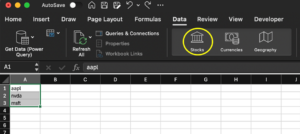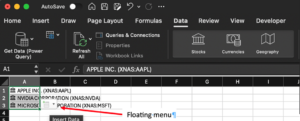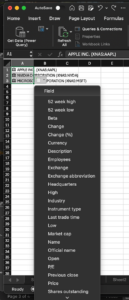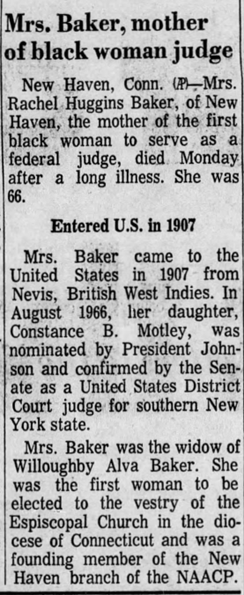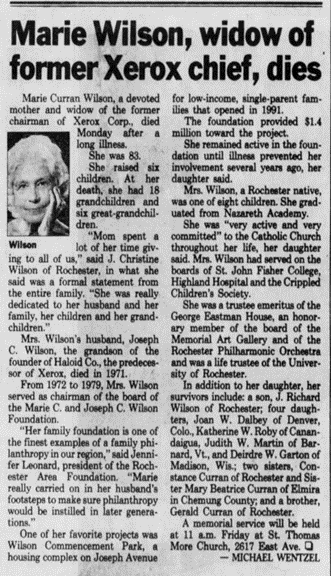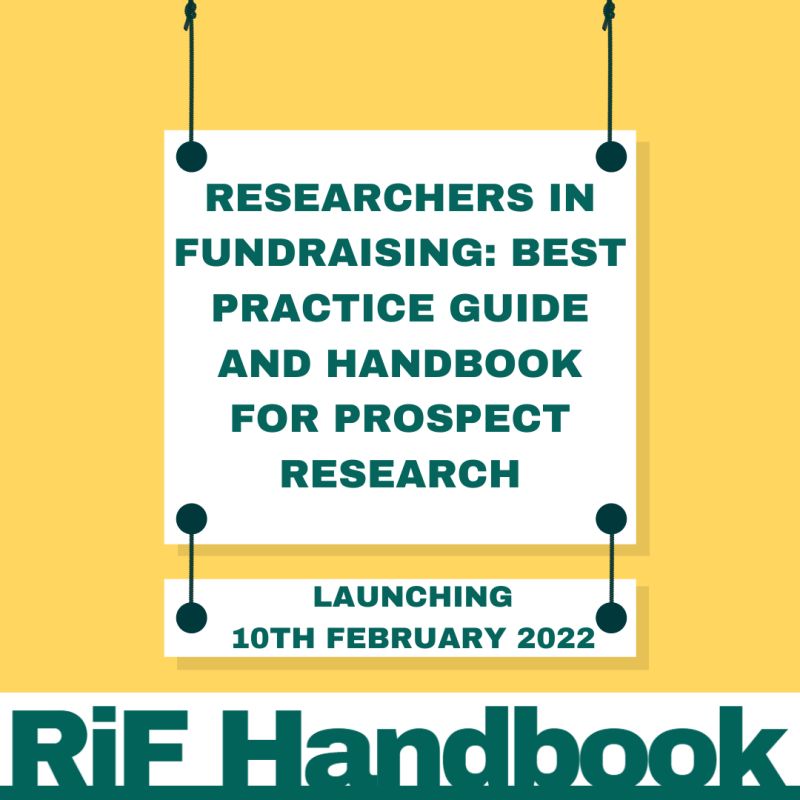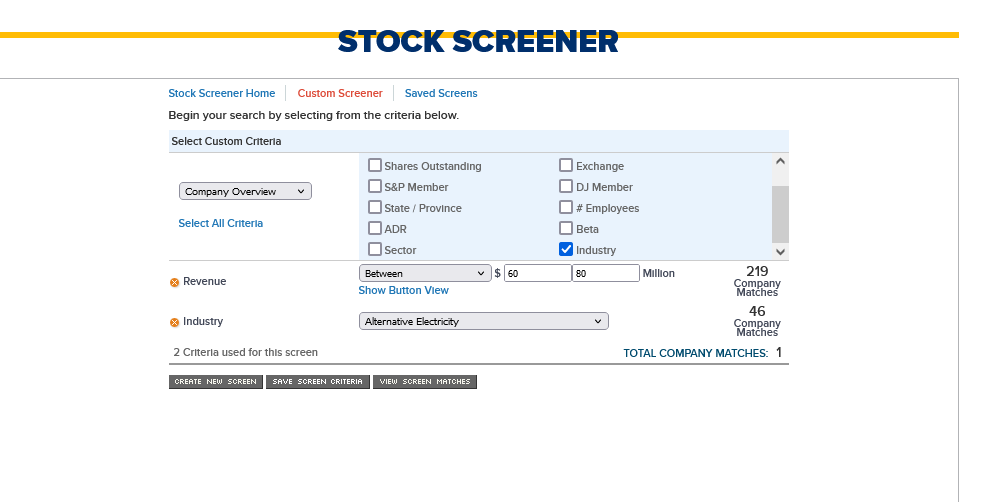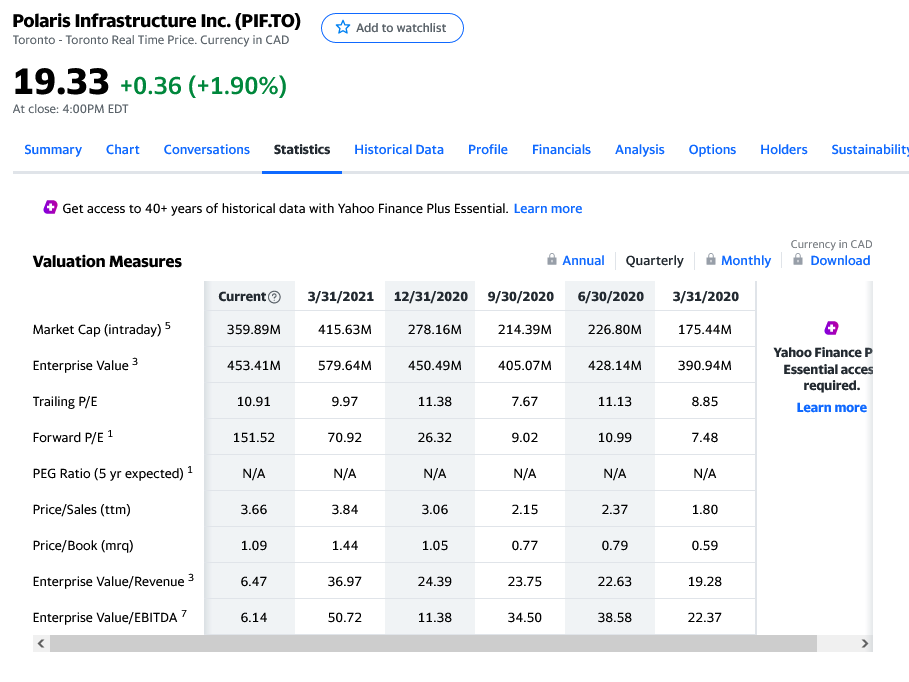By: Viola Henning, Senior Consultant
Many research shops, especially small shops or those with a sole researcher wearing many hats, strive to be more proactive.
However, despite the size of a research shop there seems to often be a common struggle to find the time to do more prospect identification and other proactive research. So how do you get there?
Here are some of the best tips I’ve come across for balancing proactive and reactive research and how to find time to be more proactive as an individual and as an organization:
Reducing the time it takes to do reactive prospect research:
- Communicate: Be sure to communicate clearly with the person requesting research to ensure you understand their needs. Doing this will prevent you from doing unnecessary work and will allow time for proactive tasks or projects. (See “Building Research Systems That Work” / “The one thing every research profile must do” / “Getting Through: 3 Easy Tips to Avoid Communication Death Traps”)
- Prioritize: Try to match the amount of time that’s spent on requests to the prospect’s stage in the cultivation cycle. This stage-based research practice will ensure that less time is spent on research requests for prospects in identification/qualification that might not be ready or even receptive to meetings or further engagement. Prioritizing the stage will allow you to spend more time on research requests in preparation for an ask for prospects nearing the solicitation stage and well into stewardship. (See “Building blocks for a solid prospect management system”)
- Automate: Use templates (See “The 4 key elements of every strategic profile”) and/or canned reports that can be generated by your database to make your research expeditious. This can be incredibly effective and time efficient for event bio reports. See this post, “The Secret to Great Event Briefings”, for what can be included. You’ll notice most, if not all of this information could probably be pulled right from your database. You can really cut down on time by just focusing on filling in the blanks – e.g., missing employment info – and doing quick checks for updates, rather than reformatting what’s already known.
Other ways to find more time:
- Cut back on and/or be more purposeful about meetings. (See “5 tips for dealing with meeting overload”)
- Think about what’s on your plate that can be delegated to someone else on your team that may have more bandwidth. This can include certain aspects of projects and responsibilities that aren’t specific to a unit or client that you solely support where only you have database/folder/etc. access.
- Utilize work study students/interns/volunteers to help with prospect identification. They can do things like searching your organization’s database for names of people on rich lists or identifying names that live in wealthy zip codes.
- Brainstorm/search other ways to increase your efficiency. ( See “Time Management in Practice”)
So now that you have more time to be proactive, what are you going to do with it?
Check out:
- “A Field Guide to Prospecting Within Your Database” and “Prospecting 2.0”
- “Summertime is always the best of what might be,” which includes some great ideas for how to be more proactive that can be implemented any time of the year
- “Data insight made easy: using RFM scoring to find great prospects”
- Other prospect identification ideas from The Intelligent Edge. Also of note:




